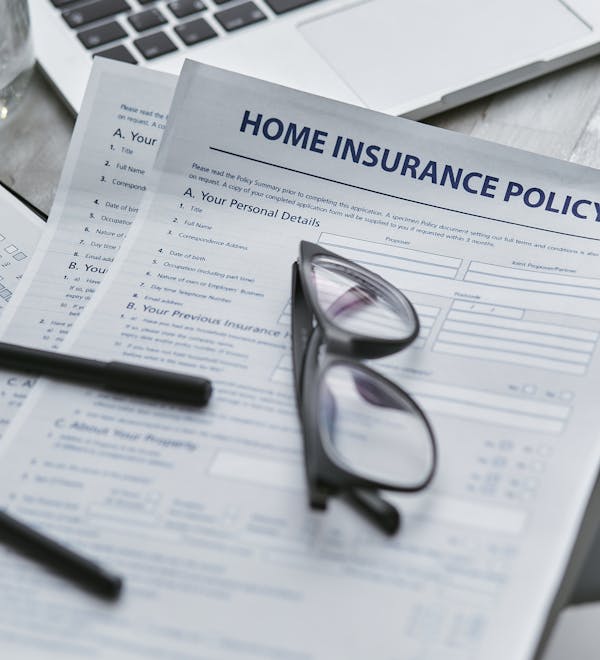The Essential Guide to Understanding Homeowner Insurance: What You Need to Know
Homeowners insurance provides protection for the structure of your home and personal belongings. It also pays for temporary living expenses and liability coverage if you or a family member are injured on the property.
Homeowners insurance premiums are affected by many factors. Some common criteria include the age, construction and replacement cost of your home, location, security measures and other choices you make. Check out more at Cost-Effective Outsourcing Insurance Solutions.
Coverage Options
Homeowners have several policy options to choose from, depending on their needs and living situations. Some homeowners may have a need for more comprehensive coverage, while others might be satisfied with basic or named peril policies. There are also options available for those who own condos, rented homes or vacation property.
Homeowner’s insurance covers your house and your belongings in the event of a disaster. It typically protects against events such as fire, storms and theft. It also pays for additional living expenses if you can’t stay in your home after a disaster and protects you from liability.

Dwelling coverage protects your home, garage and screened porch. Other structures coverage protects separate structures like sheds, fences and barns. It is also possible to add a personal property endorsement to cover items such as jewelry and furs. Most policies also include a buyback option that increases the amount paid in the event of a claim. HO-1 homeowners insurance offers the least coverage, and it only covers the physical structure of your home and personal belongings on an actual cash value basis, meaning depreciation is subtracted from the final payout.
Coverage Limits
The amount of coverage you have for personal property, dwelling, other structures and loss of use is based on a percentage of your home’s insured value. These percentages are generally automatically set, though you can usually adjust them if necessary.
Start by making sure you have enough dwelling coverage, which pays for damage to your home’s structure and built-in appliances. Your policy should also include sufficient other structures coverage for detached garages, fences and sheds.
Most policies limit your personal property coverage to 50 percent of Coverage A, but you can often increase this and other limits. If you have items that are too valuable to be covered by these limits, consider getting a personal property floater or endorsement for them.
You can often add medical payments and umbrella insurance to your home insurance, which provide additional liability protection. You can also choose higher limits for personal property and dwelling coverage, and add a special endorsement or floater to insure expensive items like jewelry, silverware, furs and art.
Claims Process
Homeowners insurance helps pay for repairs or replacement of your personal belongings in the event of an incident covered by your policy. Your insurance company will offer you a check or electronic payment for the amount required to cover the damage, according to the terms and limits of your policy.
Generally, your insurance company will assign an adjuster to review the damages and determine coverage eligibility. It is important to communicate with your adjuster and provide all requested information and documentation promptly to avoid delays in the claims process.
It’s also a good idea to make any necessary temporary repairs (like covering broken windows or placing tarps over leaky roofs) to prevent further damage, and keep receipts of those expenses. Lastly, if you choose to file a claim, be prepared for your premiums to rise afterward, and know that repeated claims may impact future coverage options. Your independent agent can help guide you through the process and be your advocate.
Additional Coverage
Most homeowners policies offer a range of optional coverages. Personal property coverage (Coverage C) helps pay for your belongings if they’re damaged by disasters covered under your policy (minus any deductible). Loss of use coverage, also called additional living expenses, pays for hotel bills or restaurant meals if your home becomes unlivable because of a disaster your insurance covers. Medical payments coverage (Coverage E) helps cover medical expenses for people who accidentally injure themselves while on your property.

Other structures coverage (Coverage D) helps insure sheds, fences and other buildings on your property. It generally covers these structures against perils not included in the dwelling coverage, such as a tree falling on them or damage from the weight of ice, snow and sleet.
A dwelling ordinance or law endorsement (Coverage F) can help pay to upgrade your house to meet current building codes or local laws enacted after your home was built. This type of coverage isn’t usually available on a standard policy but can be added with a separate rider.